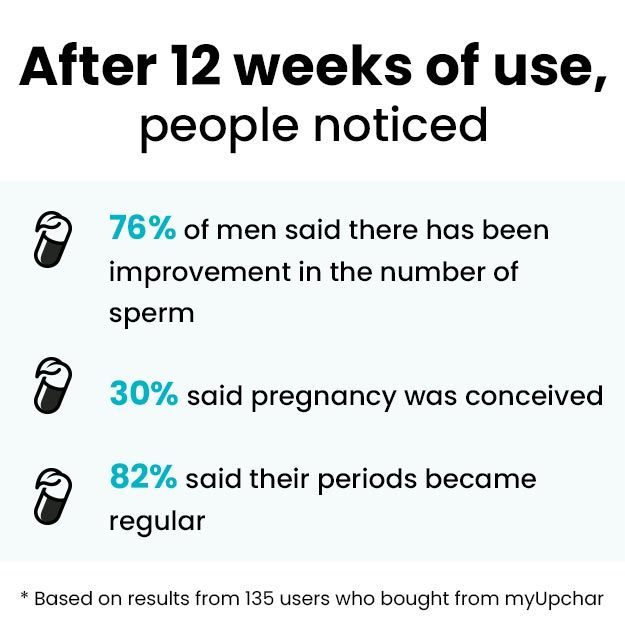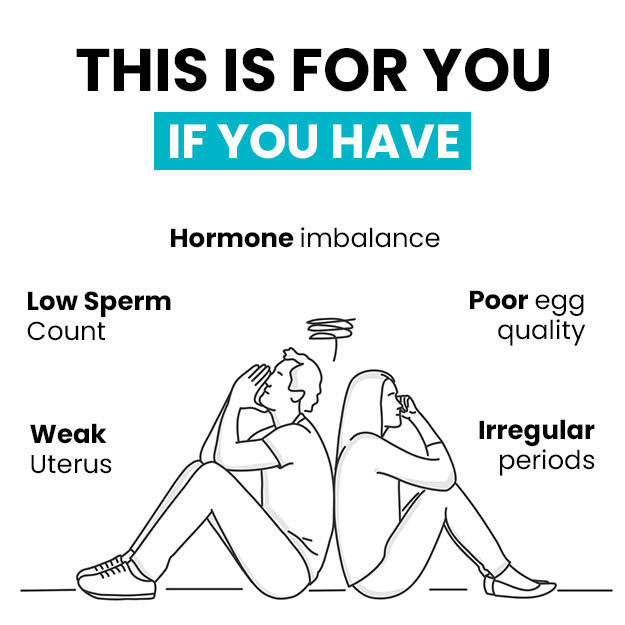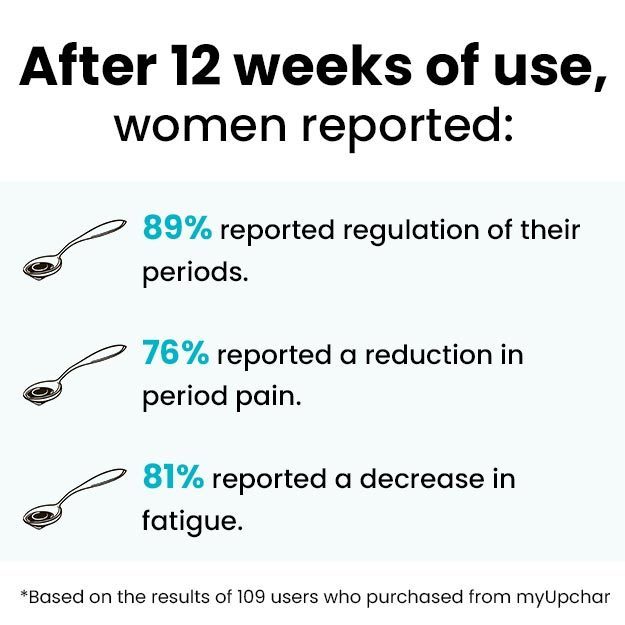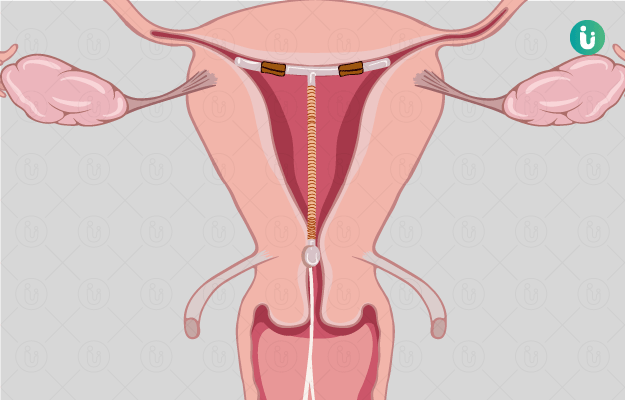Getting an ultrasound done is indeed an emotional time for the parents as this allows them to see their baby even before they can hold it in their arms. A pregnancy ultrasound, also known as a sonogram is a prenatal test advised to most expecting mothers to check the baby's health and growth.
The test uses high-frequency sound waves to show images of your baby, placenta and ovaries during varied times of your pregnancy. The sound travels through a probe that is passed over the belly of the mother and comes back to the probe after bouncing back from body tissues. An attached computer records the echoes and transforms them into pictures or videos.
You may be able to see your baby’s hands, legs and other body parts, hear the baby’s heartbeat, and see him swim inside your womb depending upon when the ultrasound has been done. Ultrasound can also tell you if it is a boy or a girl. Although in India and in many other countries, the revelation of sex is unethical and prohibited.










































